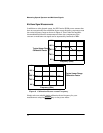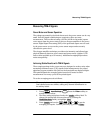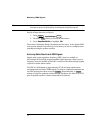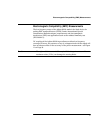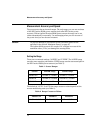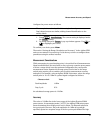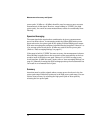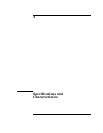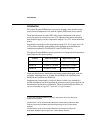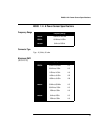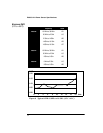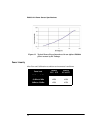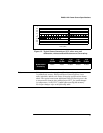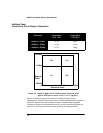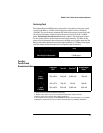
Introduction
32
Introduction
The Agilent E-series E9300 power sensors are average, wide dynamic range
power sensors designed for use with the Agilent EPM series power meters.
These specifications are valid ONLY after proper calibration of the power
meter and apply for continuous wave (CW) signals unless otherwise stated.
Specifications apply over the temperature range 0°C to +55°C unless otherwise
stated.
Specifications quoted over the temperature range 25°C ±10°C apply over 15%
to 75% relative humidity and conform to the standard environmental test
conditions as defined in TIA/EIA/IS-97-A and TIA/EIA/IS-98-A
1
.
The Agilent E-series E9300 power sensors have two independent measurement
paths (high and low power paths):
Some specifications are detailed for individual measurement path, with the
automatic switching point at -10 dBm for the E9300/1/4A, 20 dBm for the
E9300/1B and 0 dBm for the E9300/1H.
Supplemental characteristics, which are shown in italics, are intended to
provide information useful in applying the power sensors by giving typical, but
nonwarranted performance parameters. These characteristics are shown in
italics or denoted as “typical”, “nominal” or “approximate”.
1. TIA is the Telecommunications Industry Association; EIA is the Electronic
Industries Association.
TIA/EIA/IS-97-A is the recommended Minimum Performance Standard for Base
Stations Supporting Dual-Mode Wideband Spread Spectrum Cellular Mobile
Stations.
TIA/EIA/IS-98-A is the recommended Minimum Performance Standard for
Dual-Mode Wideband Spread Spectrum Cellular Mobile Stations.
Sensor Low Power Path High Power Path
E9300/1/4A -60 dBm to -10 dBm -10 dBm to +20 dBm
E9300/1B -30 dBm to +20 dBm +20 dBm to +44 dBm
E9300/1H -50 dBm to 0 dBm 0 dBm to +30 dBm



